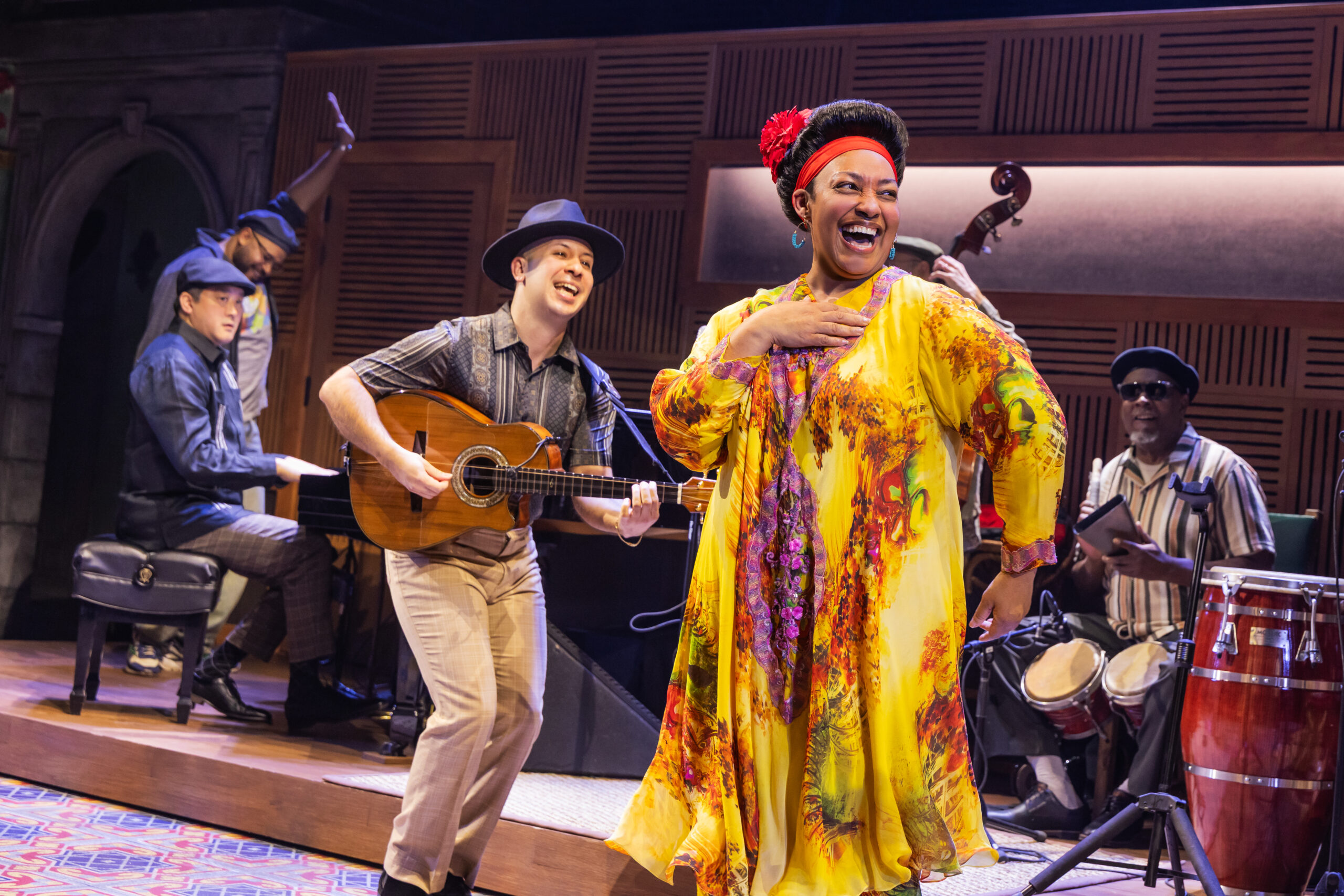2 Art Gallery Shows to Explore From Home
2 Art Gallery Shows to Explore From Home
"This is a humbling reminder of what shelter means at this moment—and an encouragement to make art from whatever materials are on hand," writes Martha Schwendener about Feliciano Centurión: Abrigo in The New York Times.
One source of comfort these days can be found in art history, which is filled with hundreds of examples of artists confronting pandemics, fear and isolation, and on the other hand, encountering heartening instances of cooperation, community and healing. Search the Metropolitan Museum of Art’s website using keywords like “plague” or “healing” and you will find an astonishing volume of objects devoted to these themes. Some recent examples are the textiles of the Paraguayan artist Feliciano Centurión (1962-1996), who died of complications from AIDS. They are on virtual display in the aptly titled show “Abrigo” at the Americas Society. Abrigo means “shelter” in Spanish, but also “overcoat,” “blanket,” “wrap” and “quilt.”
In addition to allusions to L.G.B.T. sexuality and eroticism, Mr. Centurión’s art contains rich veins of nostalgia and contemplation. “Living is all sacrifice,” one embroidered piece from 1996 says in Spanish. An apron, also from 1996, the year of his death, is embroidered with the words “My house is my temple.” For everyone viewing Mr. Centurión’s work online, this is a humbling reminder of what shelter means at this moment — and an encouragement to make art from whatever materials are on hand...









